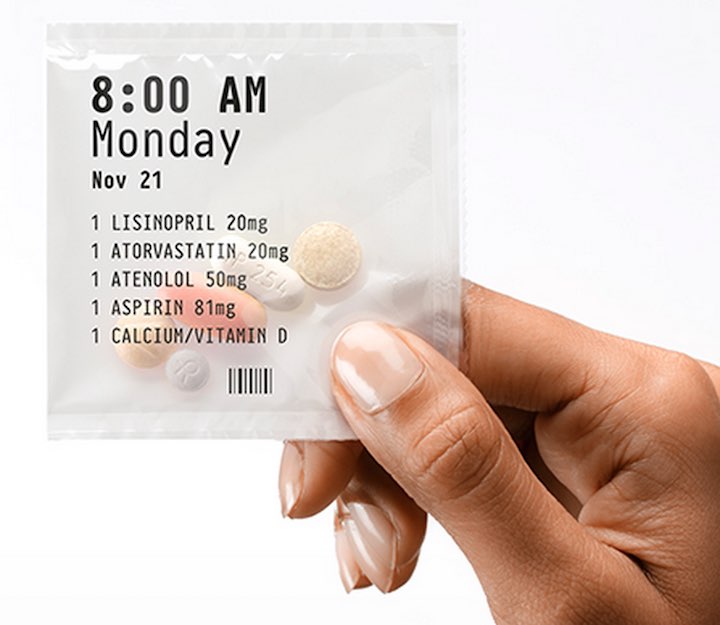The difference between Toyota and so many other companies is obvious in many ways. One of the stark differences is how executives are paid. Toyota’s belief in a strong management system contrasts with the self worship many USA executives practice. How the executives pay themselves illustrates this very well.
Even with a proposed 19% pay boost the top 21 executives at Toyota would get a combined US$14.9 million in the proposal for this year.
Toyota Plans 19% Boost in Director Pay After Record Profit
After recording an unprecedented 1.82 trillion yen profit last fiscal year, Toyota forecast this month that net income will slip 2.4 percent in the year ending March 31. The company predicts deliveries to increase in every major region except Japan, where the nation’s first sales-tax increase in 17 years is expected to temper demand.
Toyota has proposed raising its year-end dividend to 100 yen a share, or 165 yen for the full year.
The deadly disease of extremely excessive executive pay has been doing more and more damage every year in the USA. Toyota has avoided the pitfall shared by so many self-centered USA CEOs. The 19% raise does possibly indicate that Toyota is slipping (they also received a 19% increase last year). But they have a long way to go before executive pay becomes a serious problem at Toyota.
The 21 Toyota executives together don’t get paid what CEOs at companies in the USA that make as much as Toyota does (few companies are as successful as Toyota). Many senior executives that are not CEOs in companies in the USA make much more that all 21 Toyota executives together. Europe has largely adopted the massively overpaid practices for senior executives from the USA. Most European companies lag behind the abuse of USA executives, but the European companies use the excuse of the USA to grab ever increasing amounts from corporate treasuries. In do so they adopt similar reckless management practices in order to justify taking so much.
For now, executive pay (and with it all the management distortions caused by massively unjust pay packages for executives cause within companies) is a big competitive advantage for Toyota. Not all USA companies allow executives to loot the company, for example, Costco continues to pay executives and staff fairly and does very well. But many USA companies are being torn apart by executives seeking and taking hugely unjust pay packages.
Total pay for union workers at Toyota will increase 8.2% on average from last year (I think this is pay for Japanese union workers, though I am not sure about that). This was also the same amount as the increase was in 2014. This seems an unlikely coincidence, it seems intentional. If you see data like this from a process it often indicated an artificial cap exists (or there are restraining forces on the process that make data points beyond certain limits very unlikely).
If you have seen lower figures for pay increases for Toyota workers, that was for the regular pay level which did not go up much. Toyota has a very large profit sharing plan. Profit sharing payments to union workers were over 6 months of regular pay. The main increase in pay for employees was in profit sharing. The “profit sharing” payments are negotiated so it isn’t exactly like what you may think of as profit sharing but it is essentially what those payments are it seems to me.
Related: Toyota Post Record Profit and Splits $15 million in Pay and Bonus for top 21 Executives (2014) – CEOs Plundering Corporate Coffers – Too often, executive compensation in the U.S. is ridiculously out of line with performance – Warren Buffett (2006 – it is even worse today) – No Excessive Senior Executive Pay at Toyota (2007) – Honda’s 36 board members, included the CEO, were paid $13 million in 2008







The Aim Should be the Best Life – Not Work v. Life Balance
My father had the most job satisfaction of anyone I have known. He had no separation between work and life. We toured factories on vacation. I visited Davidson College in North Carolina because he was consulting with a client in Charlotte before we went up to Duke and North Carolina for visits and asked the CEO what school I should visit. His grad students would call the house frequently.
Many of his best friends were colleagues. That is how I grew to know people like George Box, Brian Joiner, Soren Bisgaard and Peter Scholtes as I grew up. Various permutations of our family lived overseas based on his jobs in London (before kids), Singapore, Nigeria and China. Those experiences dramatically impacted all our lives and they were not about separating work from life.
The desire for a life embedded in other cultures and for travel drove decisions about work. He lived in Japan (because of his Dad’s job) for 2 years as a kid and that sparked his desire to do more of that as an adult.
My little brother, Justin, pushing me on a scooter at our house in Singapore.
The sensible aim is to optimize your life. Work is a big part of life. As with any system the results depend on the overall system not the performance of individual parts taken separately. Dad also died young. He was happy to have lived such a good life, even if he wished he could have lived longer he wasn’t bitter about missing anything.
When he learned he would die (of cancer) he mainly continued what he had always been doing living life and working on what he thought was worthwhile. One project he did take on, along with George Box, was creating the Center of Quality and Productivity Improvement at the University of Wisconsin-Madison. George’s speech about Dad’s work provides a nice look at how work and life – William G. Hunter: An Innovator and Catalyst for Quality Improvement.
He honestly looked back on his life and felt he had a life that few could have topped, even though it was cut short. He was certainly optimistic and positive. But my sense was this was his honest assessment, it wasn’t just some fake front he put on for others. He had been living his life as well as he could his whole life. And continuing to live it as long as he could was all he wanted to do.
Continue reading →